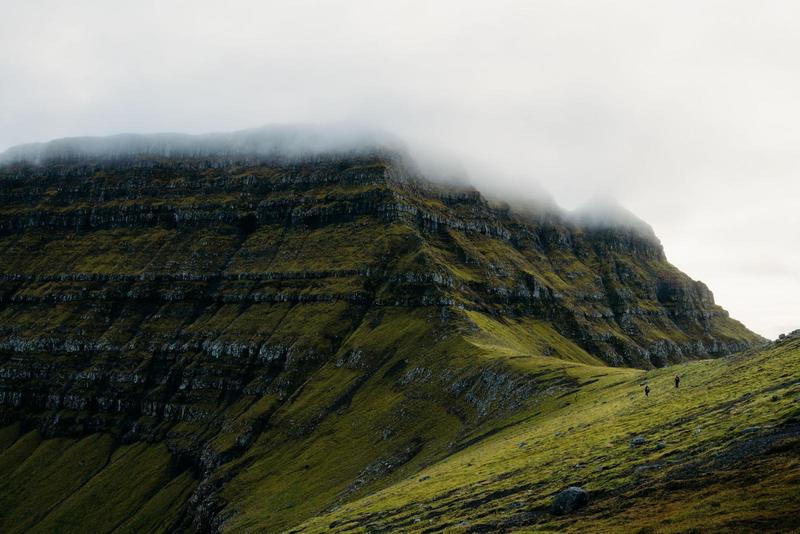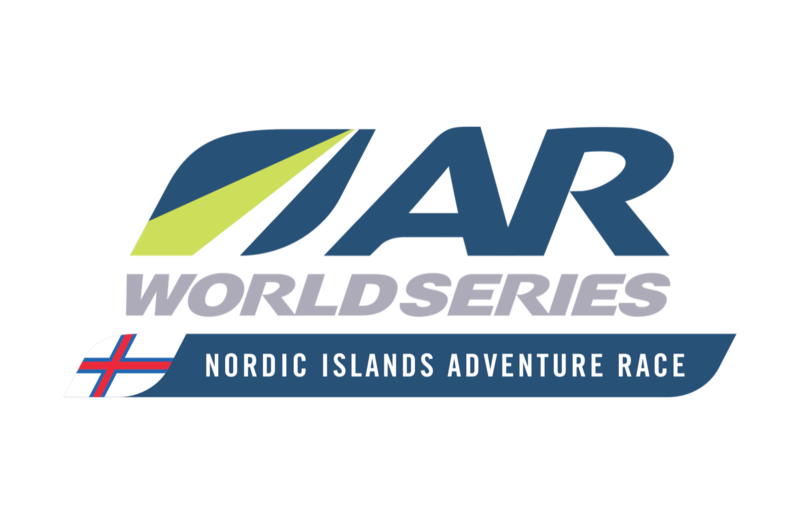The race is the 7th Adventure Racing World Series Qualifier of the year and has attracted teams from 11 visiting nations to the small, rugged island group in the North Atlantic Ocean which is midway between Norway and Iceland, and north of the Shetland Islands.
Some racers have had a very long journey to reach the start of the 500km race, travelling from as far afield as Australia, New Zealand and Japan. There are 7 teams from the USA and Canada with the remaining teams in the 25 strong start list from Europe, and there is one team flying the flag of the Faroe Islands.
Team Lunda Renegades include Jákup Petur Eliassen and Ken Bærentsen who have stepped up to take part in one of the most demanding endurance races in the world. The pair will be racing with experienced US athletes, and will have the advantage of knowing the island terrain and weather.
Race Director Staffan Björklund said, “Jákup knew about adventure racing and was excited to get the chance to take part.” He added, “The islanders have been incredibly welcoming, though they were mainly worried about the safety of competitors at first because they didn’t understand that the racers were not adventure tourists, but highly skilled and world class athletes.”

The racers taking part have travelled to many remote wilderness areas around the world, but none has ever experienced a location like the Faroe Islands before. It’s one reason so many of the world’s top adventure racing teams will be on the start line – the race offered a challenge unlike any other.
The islands’ remote maritime location and exceptionally steep terrain are what drew the Nordic Islands Adventure Race to the Faroes. “We love this place and it’s perfect for adventure racing,” said Björklund.
He added, “I think the main element to surprise and test the teams will be how quickly the weather changes and how cold and wet it can be. It rains 300 days a year here and August is well known for low cloud and fog. The weather can be different on islands a few kilometres apart, or even each side of a ridgeline. Once the sun goes down its also completely dark, which is something not experienced too often in the world today.
“There are 17 main islands and they will see a lot of them, and at no time be more than 5km from the coast. The islands are incredibly beautiful and the changing terrain, coastline and weather will allow teams to experience the unique character of the Faroes.”
He added that they will appreciate the reason for the longer than usual list of mandatory equipment they must carry after a couple of days of racing. That includes a tent for shelter (partly as the halls for transition areas during the race are too small to accommodate teams) and an ice axe to self arrest falls on the very steep and wet grassy slopes! On the paddling stages wet or dry suits are also mandatory, and Björklund said there are no strong tides, but there are strong currents in the coastal waters.
Teams know the race will have 12 stages of trekking, mountain biking, packrafting and orienteering, and will include a cliff jump or dive, but they won’t know the details of the course or receive maps until the day before the start. The longest stage is an 87 km trek and there’s a 51km packraft section on a course which includes 17,427m of ascent – which is lot on a small group of islands!
The race plan predicts a winning time of 81.5 hours but Björklund said, “That’s for good weather and I wouldn’t be surprised if the winners take 90-100 hours.” The course is organised with a set mandatory route which all teams will aim to complete, and for the elite teams there are additional ‘pro points’ to collect, which are more technically and physically demanding. The best teams will expect to get them all while those moving at a slower pace will just want to follow the mandatory route to the finish line.

The previous NIAR races were won by the former World Champions, the Swedish Armed Forces Adventure Team, but they are not competing this time. Björklund favours the NIAR Adventure Team as potential winners this time, alongside another Swedish team, Hamilton Adventure Racing or the Estonian ACE Adventure/La Sportiva team. Hamilton finished second in 2019, and Estonian ACE has been ranked world #1.
For these and other elite teams, including East Wind of Japan and the two Bend Racing teams, the prize of a free place at the Adventure Racing World Championship in South Africa in October is a big incentive to secure a win.
Björklund said, “For the NIAR team their objective is to win the race and go to the World Championships.” Then he added, “This is not so much a race against the other teams, it’s more important for the teams to keep moving in the terrain and weather of the Faroes, to enjoy the amazing scenery and to reach the finish line.”
The race will have live satellite tracking of the teams, available on https://www.niar.io from the start.
You can follow regular news of the race on the Nordic Islands Adventure Race and Adventure Racing World Series social media channels.

VIEW ALL
RELATED RACES
13
Aug
09
Aug
05
Jul
17
May
21
Jun
21
Sep
01
Aug
07
May
08
May
READ SOME
RELATED NEWS
The first-ever Ratel Expedition Adventure Race will take place in the Richtersveld, the ‘holy grail’ of adventure destinations in Africa. The race takes place from June 4-15th and is a once-in-a-lifetime opportunity to explore one of the natural wonders of the world.
Raid Témiscamingue in Canada is offering free registration, travel and accommodation to two international teams for their race this year